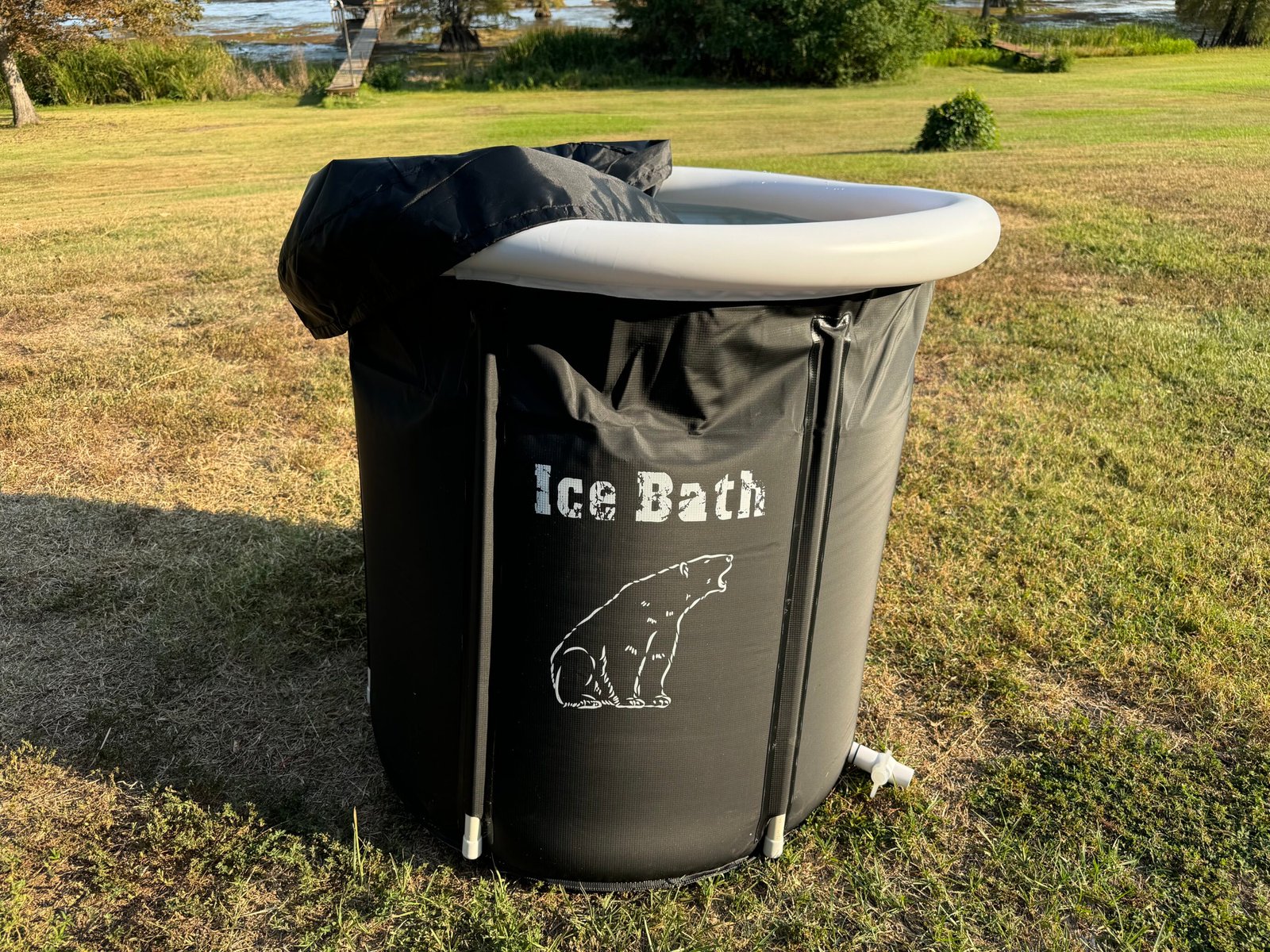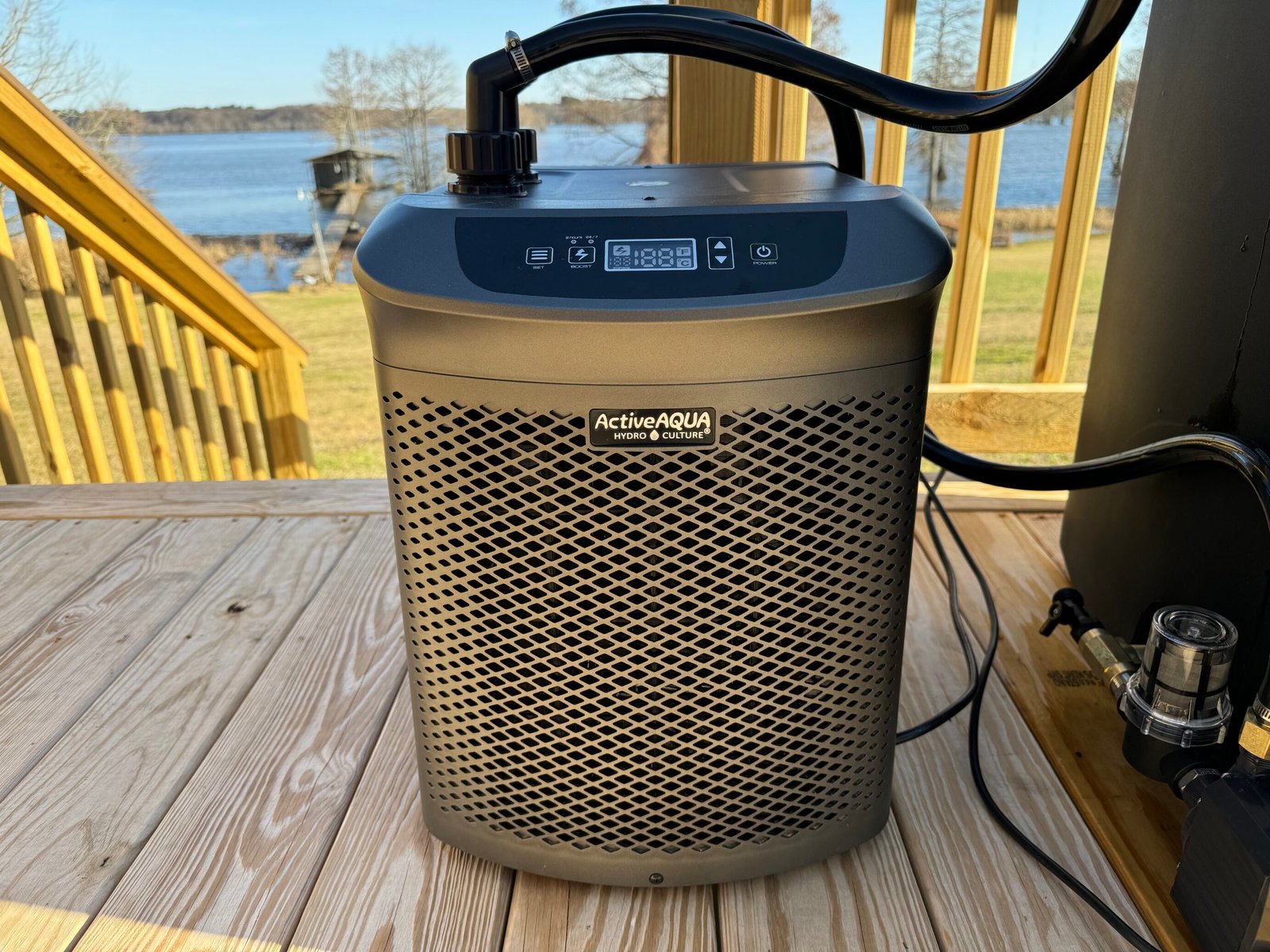8 Sauna Benefits For Mind And Body

Sitting in a sauna for 30 minutes a few times a week offers an incredible range of benefits, similar to exercise and cold plunging. It can boost heart health and brain function, reduce stress, and speed up recovery after workouts.
Sauna bathing has traditionally been used for leisure and relaxation, but research consistently shows it’s much more than that. It’s linked to a wide array of health benefits and may even extend your lifespan, according to evidence published in the Mayo Clinic Proceedings.
How Saunas Transform Your Body
When you sit in a sauna, your heart rate increases, and your blood vessels widen. This is similar to what happens during exercise but without physical strain.
The heat (usually between 150°F (66°C) and 200°F (93°C)) triggers powerful responses in your body, creating many immediate and long-term health benefits.
Basically, saunas can mimic some of the effects of working out, but they’re not a replacement. Dr. Zalzal from TalkingWithDocs.com puts it like this: “Saunas simulate exercise but won’t build endurance or muscle mass.”
That said, regular sauna use can help your body adapt to heat, which may enhance endurance in hot environments. In fact, a study in the Journal of Science and Medicine in Sport found sauna sessions improved performance in distance runners.
Think of saunas as a great add-on to your fitness routine, not a stand-in.
1. Stronger Heart
One of the most studied benefits of saunas is their positive impact on heart health.
Here’s how regular sauna use can significantly reduce your risk of heart problems:
Lower Risk of Cardiovascular Events
One study found that using saunas regularly can protect your heart health:
- The sauna benefits of 2-3 times per week for 30 minutes can lower your chance of dying from heart problems by 27%.
- Using a sauna 4-7 times per week can cut this risk in half (50%).
The more often you use a sauna, the healthier your heart will be!
Improved Blood Pressure
High blood pressure, or hypertension, is a significant risk factor for heart disease. Regular sauna use may support cardiovascular health by promoting vasodilation, which helps lower blood pressure over time. This effect can contribute to a reduced risk of adverse coronary events.
Dr. Weening from TalkingWithDocs.com explains that this process—called vasodilation—helps your vessels become more elastic and less stiff. The extra flexibility makes it easier for your body to keep blood pressure in check.
Better Circulation
Saunas improve blood circulation through vasodilation. This process widens blood vessels, making it easier for your organs and tissues to get fresh oxygen, protein, and nutrients.
This means you’ll digest food better, recovery faster, and think more clearly.
Improved Heart Rate Variability (HRV)
Regular sauna use has been shown to improve heart rate variability (HRV)—the variation in time between each heartbeat.
A higher HRV is linked to better cardiovascular health, greater resilience to stress, and a more adaptable nervous system. In other words, your body becomes more efficient at shifting between rest and alertness, helping you recover more quickly from physical or emotional strain.
By adapting to the heat stress of saunas, your body also becomes better at regulating heart rhythms during other types of stress.
2. Healthier Brain
Your brain thrives with regular sauna use.
The improvements in blood flow and reduction in inflammation help preserve your brain function and protect against age-related decline.
Reduced Risk of Dementia and Alzheimer’s Disease
Inflammation in the brain has been linked to a higher risk of dementia and Alzheimer’s disease.
Observational studies show that regular sauna users have a significantly lower risk of getting these diseases because the increase in blood flow reduces inflammation.
In this way, saunas help keep your mind sharp as you age.
Mental Health Improvements
Saunas are great for your mental health, too. The heat releases endorphins, which can:
- Reduce depression and anxiety
- Lower stress levels
- Improve mood
The effect is similar to a “runner’s high” but comes from sitting in a sauna.
3. Muscle Recovery and Pain Relief
If you exercise regularly or deal with chronic pain, saunas could be a great addition to your recovery routine.

Faster Muscle Recovery
Athletes use saunas to reduce inflammation after intense workouts. The increased blood flow helps remove lactic acid and repair muscle tissue. Studies have also shown that sauna use lowers muscle soreness and oxidative stress, speeding up recovery and reducing inflammation more effectively over time.
*Note: For best results, don’t use the sauna too often after very intense workouts. Two or three times a week for 20-30 minutes is enough to help with recovery without interfering with your body’s natural repair processes.
Joint Pain Relief
Joint pain can occur for several reasons. The most common are arthritis, autoimmune diseases, and overuse.
Saunas help alleviate the pain from these conditions by:
- Reducing stiffness in joints
- Improving range of motion
- Decreasing pain for people with conditions like arthritis, fibromyalgia, and gout
While saunas may help alleviate joint pain, especially in those with rheumatic conditions, studies have also shown that they may help balance hormones and keep your cells healthy.
4. Hormone Balance and Cellular Health
Saunas create changes at the cellular level that can have far-reaching effects on your health.
Growth Hormone Release
Research shows that sauna sessions can increase growth hormone production 16-fold.
To put this into perspective, moderate-intensity exercise can increase growth hormone levels by about 2- to 5-fold.
This is great for:
- Muscle growth and repair
- Bone density
- Fat metabolism
- Overall tissue health
This boost may explain the anti-aging effects associated with regular sauna use. When your body produces more growth hormone, it speeds up the repair and regeneration processes that naturally slow down as we age.
Heat Shock Proteins
Your body produces proteins called “heat shock proteins” when you get into a sauna.
Dr. Weening explains that these proteins, “repair cellular damage and reduce cellular stress put on your body by heat”.
This means that regular sauna use makes you better at:
- Handling heat
- Cooling down
- Adapting to stress
Studies show that people who use saunas 4-7 times a week have a 40% lower chance of dying from any cause compared to those who don’t use saunas. In other words, regular sauna use could help you live longer.
5. Respiratory Health
Regular trips to the sauna can reduce the risk of respiratory diseases.
The hot, dry air in saunas opens airways, which makes it easier to breath for people with asthma and COPD.
The heat helps kill harmful pathogens in the respiratory tract and strengthen the body’s natural defenses. Using a sauna 2-3 times a week can help train your lungs to function better.
6. Detoxification and Skin Health
Sweating in a sauna does more than cool you down—it helps detox your body and improve your skin.

Excretion of Toxins and Heavy Metals
Sweating is one of your body’s natural ways to remove toxins.
While your liver and kidneys do most of the detoxifying work, sweating can help eliminate certain heavy metals and other unwanted substances.
Healthier Skin
The increased blood flow to your skin surface helps:
- Removes dead skin cells and bacteria
- Open and cleanse clogged pores
On the flip side, too much heat can damage your skin. Here’s how to protect it:
- Shower right after using the sauna
- Put lotion on your face and body afterward
- Drink plenty of water
These effects are highly dependent on your genetics. Try experimenting with different temperatures and durations to find what works best for you.
7. Better Sleep
If you struggle with falling asleep and staying asleep, saunas could help.
Deeper, More Restful Sleep
Using a sauna in the evening improves sleep. Here’s how:
When your body works to cool down after being hot in a sauna, it makes you sleepy. This is similar to how your body naturally cools down before sleep each night.
Most people fall asleep faster and sleep more deeply after using a sauna later in the day. The temperature change from hot to cool helps trigger your body’s sleep signals.
Saunas can also make you tired because you sweat a lot. You might feel tired when you lose water through sweat, especially if you don’t drink enough.
To get better sleep, try using a sauna a few hours before bedtime and hydrating afterward.
Stress Reduction for Better Sleep
The stress-reducing effects of saunas also contribute to better sleep. Lower stress levels when you get in bed make it easier to relax and fall asleep.
8. Stronger Immune System
Regular sauna use can also strengthen your immune system.

Increased White Blood Cell Production
The hyperthermia created by sauna heat stimulates your immune system, increasing the production of white blood cells.
These cells defend your body against infections.
Reduced Illness Frequency
People who use saunas regularly tend to get sick less often.
The combination of improved circulation, stress reduction, and immune stimulation likely contribute to this effect.
How to Get the Most Benefits
To maximize the health benefits, consider these guidelines:
How Often and How Long
- Use a sauna 1-7 times per week
- Stay in for 20-30 minutes each time
- Using it four or more times weekly gives the best health results
Stay Hydrated
Drink plenty of water before, during, and after your session. Heavy sweating, especially in hotter saunas, can dry your skin and dehydrate you. Individuals with a higher body mass index (BMI) are at greater risk of dehydration and should adjust their fluid intake accordingly to maintain proper hydration.
Best Time to Use
Sauna use is beneficial any time of the day. Some prefer morning sessions because the increased blood circulation and endorphins can provide an energy boost. Those who suffer from anxiety may also enjoy morning sessions for the calming benefits to start their day.
I’ve tried morning, afternoon, evening, and nighttime sessions and here’s what I’ve found:
For better sleep: Use the sauna in the evening, an hour or two before bed.
For muscle recovery: Use after exercise, but wait a bit if your workout is more intense than usual. You don’t want to put too much stress on your body.
Finding Your Best Temperature
Choose a temperature that feels uncomfortable but still safe.
- Beginners should start around 150°F (66°C) in a DRY sauna
- Slowly increase heat or duration over time
- Never go above 200°F (93°C) in a DRY sauna- it won’t give more benefits and can be dangerous
- Many people find 15-20 minutes at 175°F (79°C) in a DRY sauna works well
Who Should Be Cautious?
While saunas offer many benefits, they’re not for everyone. Check with your doctor beforehand if you:
- Have heart problems
- Are pregnant
- Have low blood pressure
- Take medications that affect blood pressure or heart rate
- Have a fever or acute illness
It’s also important to avoid alcohol before or during sauna use. As one study notes: “Very few acute myocardial infarctions and sudden deaths occur in saunas, but alcohol consumption during sauna bathing increases the risk of hypotension, arrhythmia, and sudden death, and should be avoided.” (The American Journal of Medicine, 2001).
Conclusion
Regular sauna use has the potential to offer remarkable benefits for your heart, brain, muscles, skin, and overall health. From reducing your risk of heart disease and dementia to improving sleep and boosting your mood, saunas can be a great addition to your routine.
Whether you use a sauna at your local gym or spa or install one in your home, the time you spend sweating could add years to your life and improve the quality of those years.
While sauna use has demonstrated potential health benefits—particularly in individuals with cardiovascular or rheumatic conditions, as well as athletes seeking enhanced performance and recovery—further research is needed to better understand the underlying physiological, psychological, and metabolic mechanisms at play.
FAQs
Medical Disclaimer
The information contained in this post is for informational and educational purposes only. It is not intended to provide medical advice or to take the place of such advice or treatment from a personal physician. All readers/viewers of this content are advised to consult their doctors or qualified health professionals regarding specific health questions or before embarking on any new health or wellness routine, including saunas and cold plunging. Neither the author(s) nor the publisher of this content take responsibility for possible health consequences of any person or persons reading or following the information in this educational content. All viewers of this content, especially those taking prescription or over-the-counter medications, should consult their physicians before beginning any cold plunging routine or other health or wellness program.








